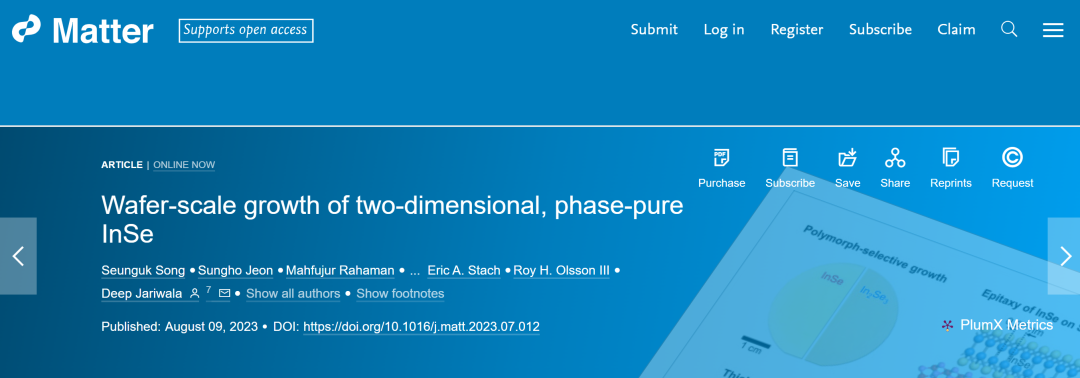Today's semiconductor industry is grappling with a triple task: increasing computing power, reducing chip size, and keeping power in check. To meet these needs, the industry must find alternatives that transcend silicon performance and produce computing devices that are suitable for the growing number of applications.
One of the biggest drawbacks of silicon is that it can't be made very thin because its material properties are essentially limited to three dimensions. For this reason, two-dimensional semiconductors - so thin that they have almost no thickness (almost negligible) - have become objects of interest to scientists, engineers, and microelectronics manufacturers.
Thinner chip components will provide better control and precision over the current in the device, while reducing the amount of energy needed to supply power. Two-dimensional semiconductors also help keep the chip's surface area to a minimum. But until recently, attempts to create such a material were unsuccessful.
Certain two-dimensional semiconductors perform well on their own, but require quite high temperatures to deposit, and they destroy the underlying silicon chips. Others can be deposited at silicon-compatible temperatures, but their electronic properties (energy use, speed, and precision) are less suitable. Some meet temperature and performance requirements, but cannot achieve the necessary purity at industry standard sizes.
Now, researchers at the University of Pennsylvania's School of Engineering and Applied Sciences have made a high-performance two-dimensional semiconductor into a full-size, industrial-scale wafer. In addition, the semiconductor material indium selenide (InSe) can be deposited at low enough temperatures that it can be integrated with silicon chips.
The results of the latest study were recently published in the journal Matter.

"Semiconductor manufacturing is an industrial-scale manufacturing process," the researchers said, "and unless you can produce it on an industrial-scale wafer, you won't have a viable material." The more chips are mass-produced, the lower the price. But the material must also be pure to ensure performance. That's why silicon is so ubiquitous - you can produce it in large quantities without sacrificing purity."
Indium selenium has long been considered a two-dimensional material for advanced computing chips because of its excellent charge-carrying capacity. However, producing a large enough film of indium selenium has proved quite tricky because the chemistry of indium and selenium tends to combine in several different molecular ratios, presenting a different proportion of the chemical structure of each element, thus compromising its purity.
The team overcame these obstacles. According to the researchers, "For advanced computing techniques, the chemical structure of 2D indium selenium needs to be exactly 50:50 between the two elements." The resulting material needs to have a uniform chemical structure over large areas in order to function."
In addition to chemical purity, the team was able to control and adjust the orientation of the crystals in the material, further improving the quality of the semiconductor by providing a seamless environment for electron transport.
"The two most important qualities of semiconductor materials are chemical purity and crystal order, and the most important industrial quality is scalability. This material ticks all the boxes." 'they said.









